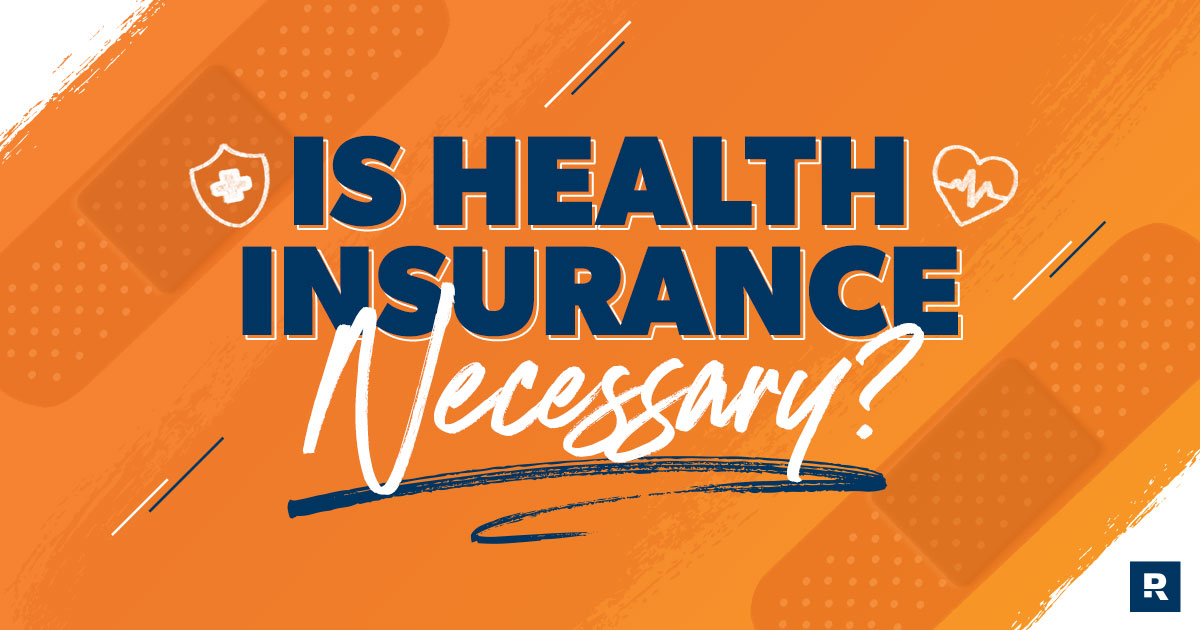Pulse of Information
Stay updated with the latest news and insights.
Surviving the Health Insurance Maze
Navigate the complex world of health insurance with ease! Discover tips and tricks to save money and find the best coverage for you.
Understanding Health Insurance Basics: What You Need to Know
Health insurance can seem complex, but understanding the basics is essential for making informed decisions about your health care. At its core, health insurance is a contract between you and an insurance provider that covers a portion of your medical expenses in exchange for regular premium payments. When comparing plans, it's important to consider key elements such as premiums, deductibles, copayments, and out-of-pocket maximums. A premium is the monthly amount you pay for your insurance, while a deductible is the amount you must spend before your insurance kicks in. Understanding these terms will help you choose a plan that best suits your needs.
Additionally, it's crucial to be aware of the different types of health insurance plans available. Common options include Health Maintenance Organizations (HMOs), Preferred Provider Organizations (PPOs), and Exclusive Provider Organizations (EPOs). Each type has its own unique structure in terms of network providers and coverage flexibility. For instance, while HMOs typically require you to choose a primary care physician and get referrals for specialists, PPOs offer more freedom to see any doctor without a referral, though at a higher out-of-pocket cost. Evaluating your health care needs will guide you in selecting the right type of plan.

Navigating the Health Insurance Enrollment Process: Tips and Tricks
Navigating the health insurance enrollment process can often feel overwhelming, but with the right strategies, you can simplify your experience. Start by educating yourself on the different types of plans available, such as HMOs, PPOs, and EPOs. Each of these plans comes with its own set of rules, costs, and benefits, so it's crucial to understand them before making a decision. Additionally, prepare a list of your healthcare needs—frequent doctor visits, ongoing medications, or upcoming procedures—to help you evaluate which plans will best suit your circumstances.
Once you have gathered the necessary information, it’s time to explore health insurance options. Make sure to take advantage of comparison tools that allow you to see various plans side by side. When you’re ready to enroll, pay close attention to important dates, as enrollment periods can be time-sensitive. Finally, don't hesitate to reach out for assistance; many organizations offer free resources to help you understand your options and walk you through the enrollment process.
Common Health Insurance Terms Explained: Decoding the Jargon
Understanding health insurance can be daunting, especially with the myriad of terms and jargon that can leave consumers feeling overwhelmed. Some of the most common terms include premium, which is the amount you pay for your insurance plan, and deductible, the amount you pay out-of-pocket before your insurance begins to cover costs. Other essential terms include copayment, a fixed amount you pay for a specific service, and coinsurance, which is your share of the costs after meeting your deductible. Familiarizing yourself with these terms can empower you to make informed decisions regarding your health care.
Another key term often encountered is network, which refers to the facilities, providers, and suppliers your health insurer has contracted with to provide healthcare services. Staying within your network typically results in lower costs, whereas out-of-network care can lead to higher expenses. Additionally, understanding out-of-pocket maximum is crucial; this limit caps the amount you will spend on covered health care services in a plan year, protecting you from exorbitant medical costs. By decoding this jargon, you can navigate your health insurance policy with confidence and clarity.